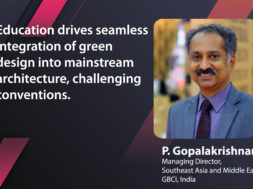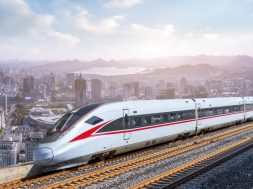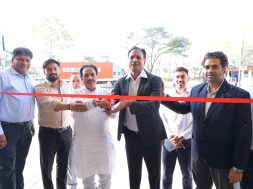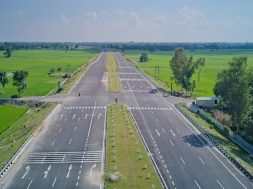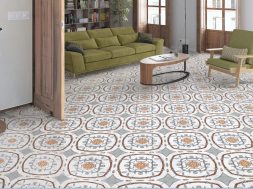Transforming project phases and designs for a greener future
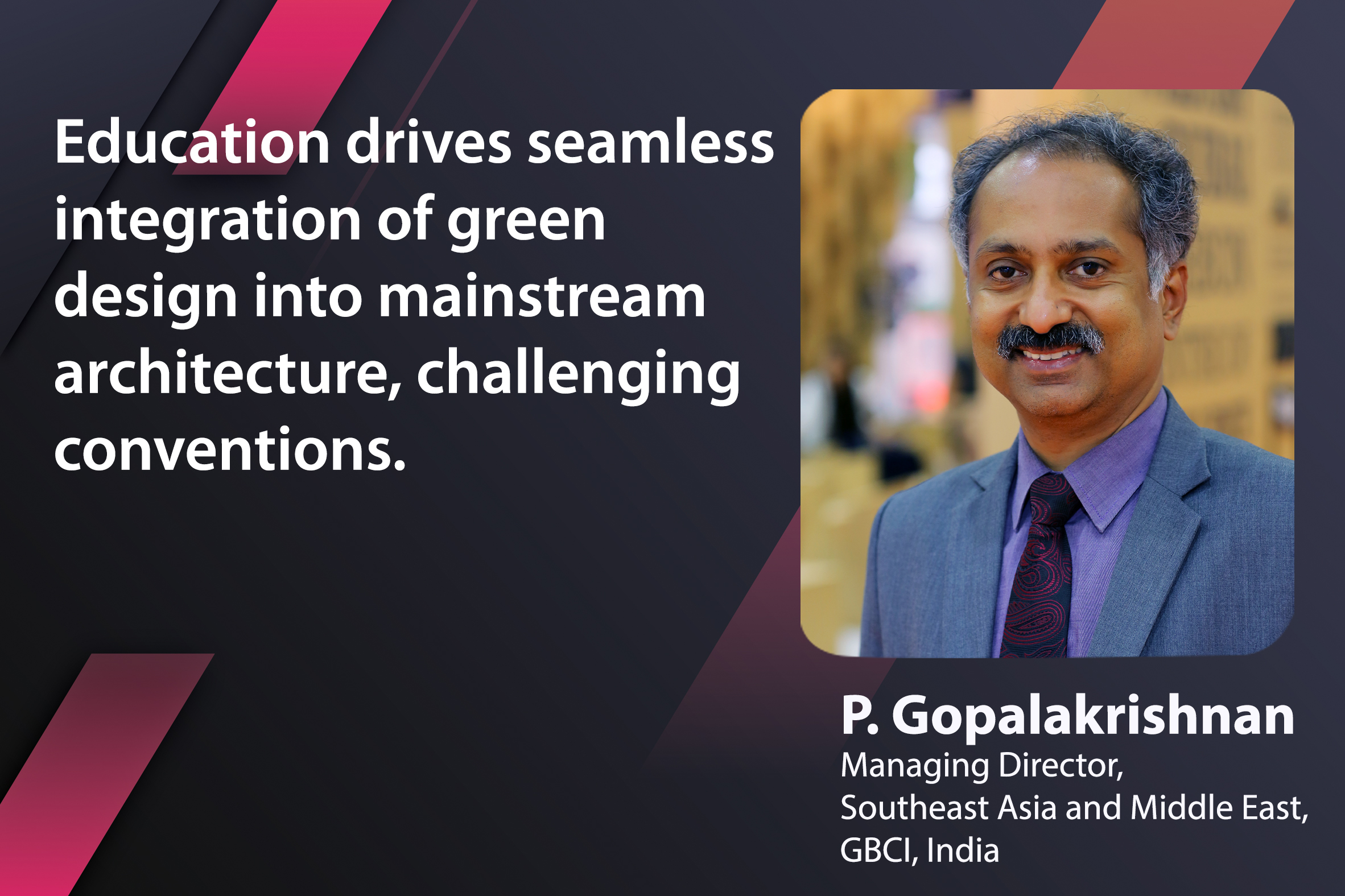
P. Gopalakrishnan, Managing Director, Southeast Asia and Middle East, GBCI, India, discusses green design and cost-effective mainstream architecture.
How can we ensure that the entire project phase and design adhere to sustainability?
By focusing on these strategies, we can ensure that the entire project phase and design adhere to sustainability principles, resulting in environmentally responsible and resilient built environments.
Achieving project-wide sustainability demands an integrated, collaborative approach starting at inception. Engaging architects, engineers, builders, and owners from the outset ensures sustainability becomes a core principle, not an afterthought. Clear, measurable, and achievable environmental, social, and economic sustainability objectives provide a project roadmap.
Certifications like LEED offer structured sustainability frameworks, aligning projects with established standards. Energy efficiency, a central pillar, can be realised by optimising the building envelope, deploying energy-efficient HVAC systems, and harnessing renewables—equally, water conservation matters achieved through low-flow fixtures, rainwater harvesting, and greywater recycling.
By focusing on these strategies, we can ensure that the entire project phase and design adhere to sustainability principles, resulting in environmentally responsible and resilient built environments.
What are the smart practices for maintaining energy-efficient and cost-effective building designs?
To ensure sustainable construction, integrating energy efficiency and cost-effectiveness is vital. Employ an integrated design approach involving all stakeholders from the project’s outset. Use energy modelling software for performance simulations to pinpoint energy-saving opportunities. Prioritise passive design strategies, optimising layout, orientation, and natural ventilation to reduce reliance on artificial heating, cooling, and lighting.
Invest in a high-performance building envelope with well-insulated walls, roofs, and windows to minimise heat loss or gain, reducing the HVAC system workload. Explore renewable energy integration, like solar panels and wind turbines, for clean energy generation and long-term cost savings. Implement advanced lighting systems that adjust based on occupancy and natural light availability. Conserve water with efficient fixtures, appliances, landscaping, rainwater harvesting, and greywater recycling.
Consider green certifications like LEED to showcase the commitment to energy efficiency and cost-effectiveness. These practices collectively create buildings that meet energy goals while remaining cost-effective to operate and maintain.
In your opinion, how can we move beyond contemporary designs in mainstream architecture to embrace green designs?
To shift from typical building designs to environmentally friendly green designs, we must educate architects, builders, and others about the benefits of green design and sustainability. This involves educating them about eco-friendly concepts and practices. By doing so, we can promote collaboration among these professionals, ensuring that green design principles become a standard part of the building process and seamlessly integrate into mainstream architectural projects, pushing the boundaries of what’s conventionally considered feasible.
Architects should be inspired to explore cutting-edge designs and construction techniques to drive innovation. Promoting successful green building projects, continuously supporting professional development, and staying updated on the latest trends and technologies in green design can collectively shift the paradigm, making green designs the new architectural norm. This transition benefits the environment, enhances the quality of life for building occupants, and contributes to a sustainable and harmonious future.
For more info visit : https://www.gbci.org/india
Cookie Consent
We use cookies to personalize your experience. By continuing to visit this website you agree to our Terms & Conditions, Privacy Policy and Cookie Policy.
